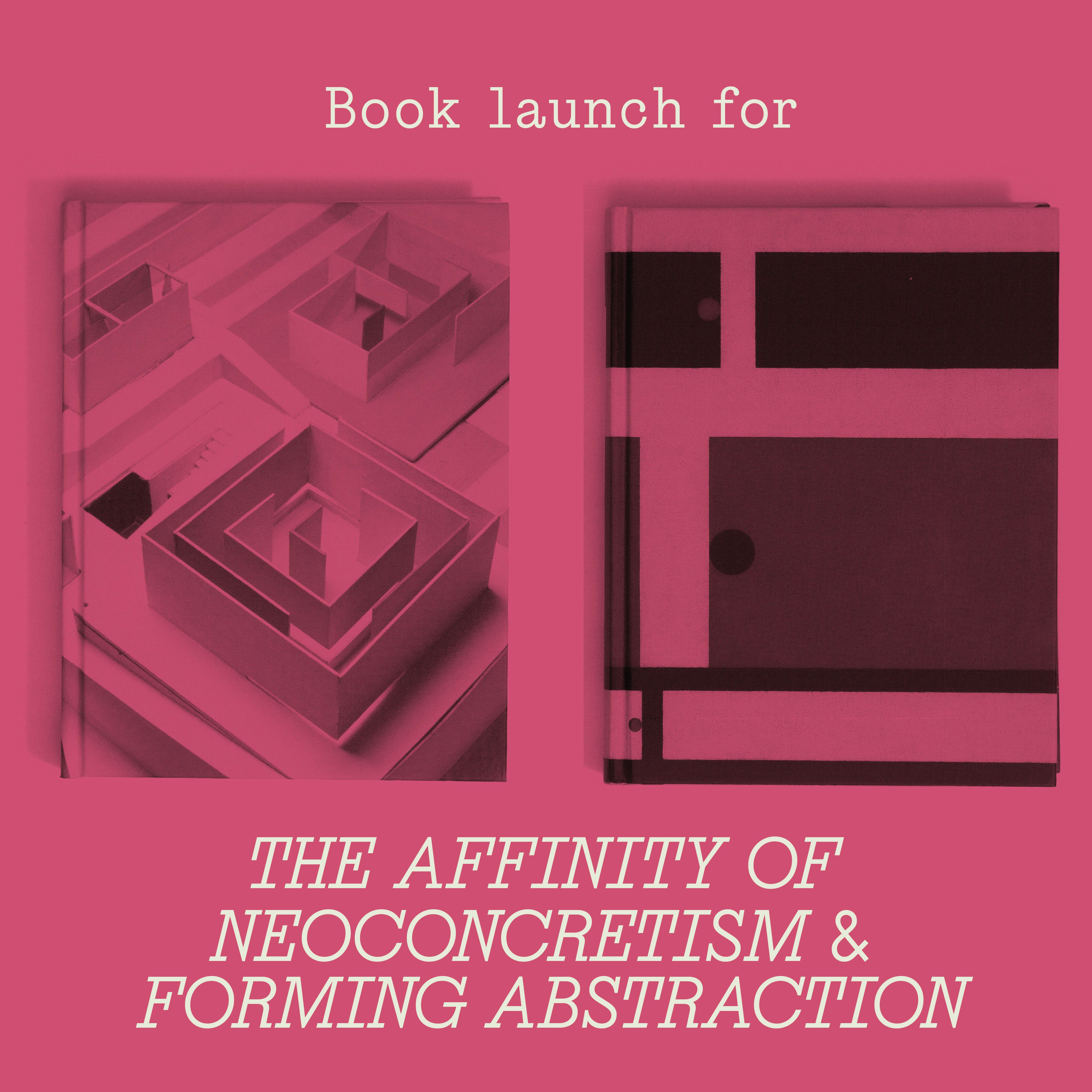Book launch for “The Affinity of Neoconcretism” and “Forming Abstraction”

October 5, 2023
6:30 PM EDT
Join us for a book launch celebrating Mariola V. Alvarez’s The Affinity of Neoconcretism: Interdisciplinary Collaborations in Brazilian Modernism, 1954–1964 (March 2023) and Adele Nelson’s Forming Abstraction: Art and Institutions in Postwar Brazil (February 2022). This event features introductions by Studies on Latin American Art series editor Alexander Alberro followed by a conversation with the authors, moderated by professor of art history at Southern Methodist University, Roberto Conduru.
Forming Abstraction highlights the importance of exhibitionary and pedagogical institutions in the development of abstract art in Brazil. Nelson focuses on the formation of the São Paulo Biennial in 1951; the early activities of artists Geraldo de Barros, Lygia Clark, Waldemar Cordeiro, Hélio Oiticica, Lygia Pape, and Ivan Serpa; and the ideas of critics like Mário Pedrosa. The Affinity of Neoconcretism focuses on the period directly following the events discussed by Forming Abstraction. Alvarez argues that the Neoconcretists—a group of artists and poets working together in Rio de Janeiro from 1959 to 1961—engendered a period of incredible optimism and economic development in Brazil.
The launch is open to the public and will take place in person at ISLAA, located at 142 Franklin Street in New York City. Attendees are encouraged to register online in advance. The conversation will be held in English, and a recording will be made available online following the event.
The University of California Press published The Affinity of Neoconcretism and Forming Abstraction as part of the series Studies on Latin American Art. Books in the series encompass studies of art history and cultural practices emerging from Central and South America, the Caribbean, and the Latin American diaspora in the twentieth and twenty-first centuries. International and cosmopolitan in scope, the series seeks to address the production, exhibition, and dissemination of art in and between countries and continents. This series is supported by the Institute for Studies on Latin American Art (ISLAA).